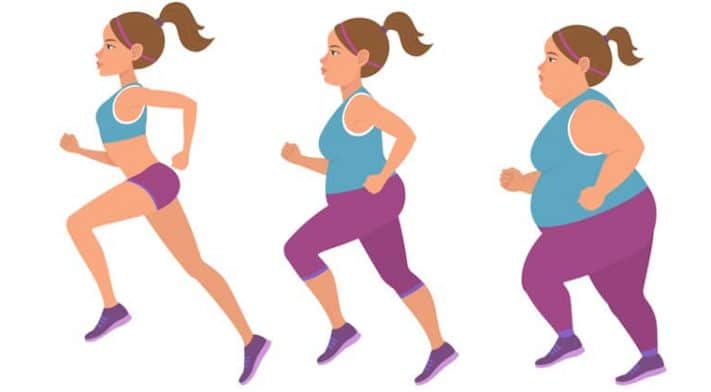The current COVID-19 pandemic has now infected over 3.6 million people around the globe. Although many countries have reported a decrease in the number of new cases, the crisis has continued to accelerate.
At the moment, the infection is rapidly spreading in countries that were not as affected before including those in Eastern Europe. In addition, a few studies have shown that there is also a risk to get re-infection with SARS-CoV-2 as it seems to have mutated.
Hence, there are now fears of a second wave, which can also be much deadlier than before, even in countries that have seemingly overcome the pandemic.
In countries that had eased their nationwide lockdowns and restrictions, there are reports of an increase in cases of COVID-19. Instances such as these act evidence on one of the recent statements by WHO which warned people that the pandemic is likely to stay for a very long period of time.
Currently, there is a lot of research and clinical trials around the world for understanding SARS-CoV-2, its spread, and transmission along with a potential treatment and a vaccine.
RELATED: Hand Washing Lowers Risk of All Infections by 50%
However, scientists have stated that there is still a long time to go before the behavior of the virus is understood and a vaccine is developed. So far, it is estimated that a vaccine will be developed during the spring of the next year.
Until then, following the guidelines from health authorities such as the World Health Organization is fundamental in controlling the infection and control the number of cases until the time a vaccine is out in the market.
In addition, it is also important to know the ways in which the SARS-CoV-2 virus can spread and infect. In accordance with the latest research, the virus primarily spreads through hand to face contact after touching an infected person or even an infected surface.
Health care workers on the front line are, so far, at the highest risk of contracting the infections especially during specific procedures performed to control complications related to COVID-19.
The second most vulnerable group are people with underlying infections such as diabetes or other dangerous health conditions or older adults with lowered immunity.
However, everyone should follow the guidelines to prevent the infection as the treatment is difficult in all cases alike. It is a common misconception that younger people can survive COVID-19 easily without any complications.
Consequently, there is also a rise in the number of cases of younger adults. Additionally, younger people are also more likely to be not aware of the different ways in which the coronavirus infection can transmit from one person to another.
One of the most commonly asked questions from younger people on the transmission of SARS-CoV-2 is whether it can spread through everyday gadgets including through the use of phones.
Phones are used by almost every other person and play a fundamental role in maintaining communication between people. Hence, it is almost impossible to leave phones completely during the COVID-19 pandemic.
However, it is also easier to cut down the risk of spreading the infection by following simples steps given by health authorities such as the Centre for Disease Control and Prevention which urge people to disinfect their phones regularly.
According to research, the SARS-CoV-2 virus can survive on surfaces for around seventy-two hours. Therefore, the virus can also stay on phone screens and can transmit to another person.
For cutting down the risk of the spread of COVID-19 through phones, disinfect the phone safely in accordance with the guidelines. Spraying directly on the screens or getting moisture inside the phones is not recommended as it is likely to damage the phone.
Instead, use disinfectant wipes such as Clorox wipes or wiping using solutions with seventy percent alcohol which will work effectively and get rid of the virus.


